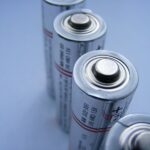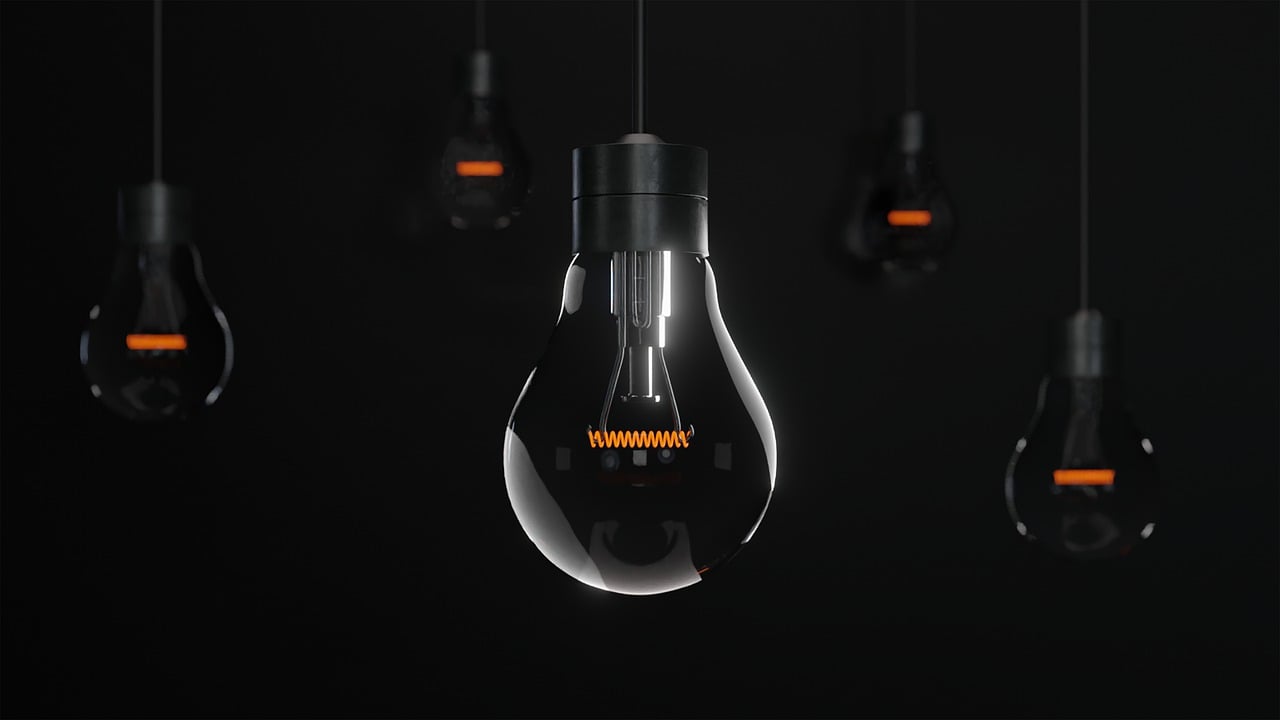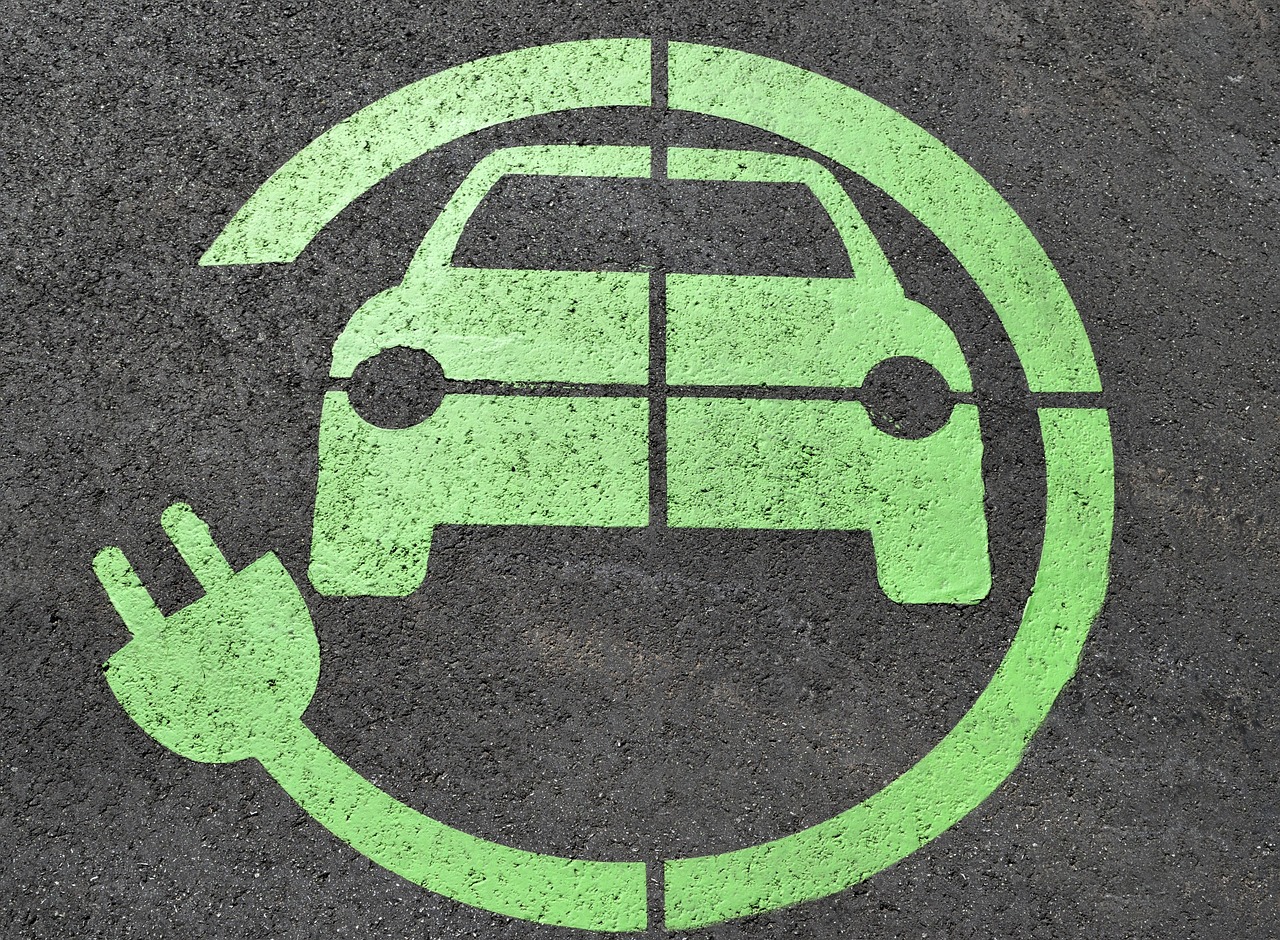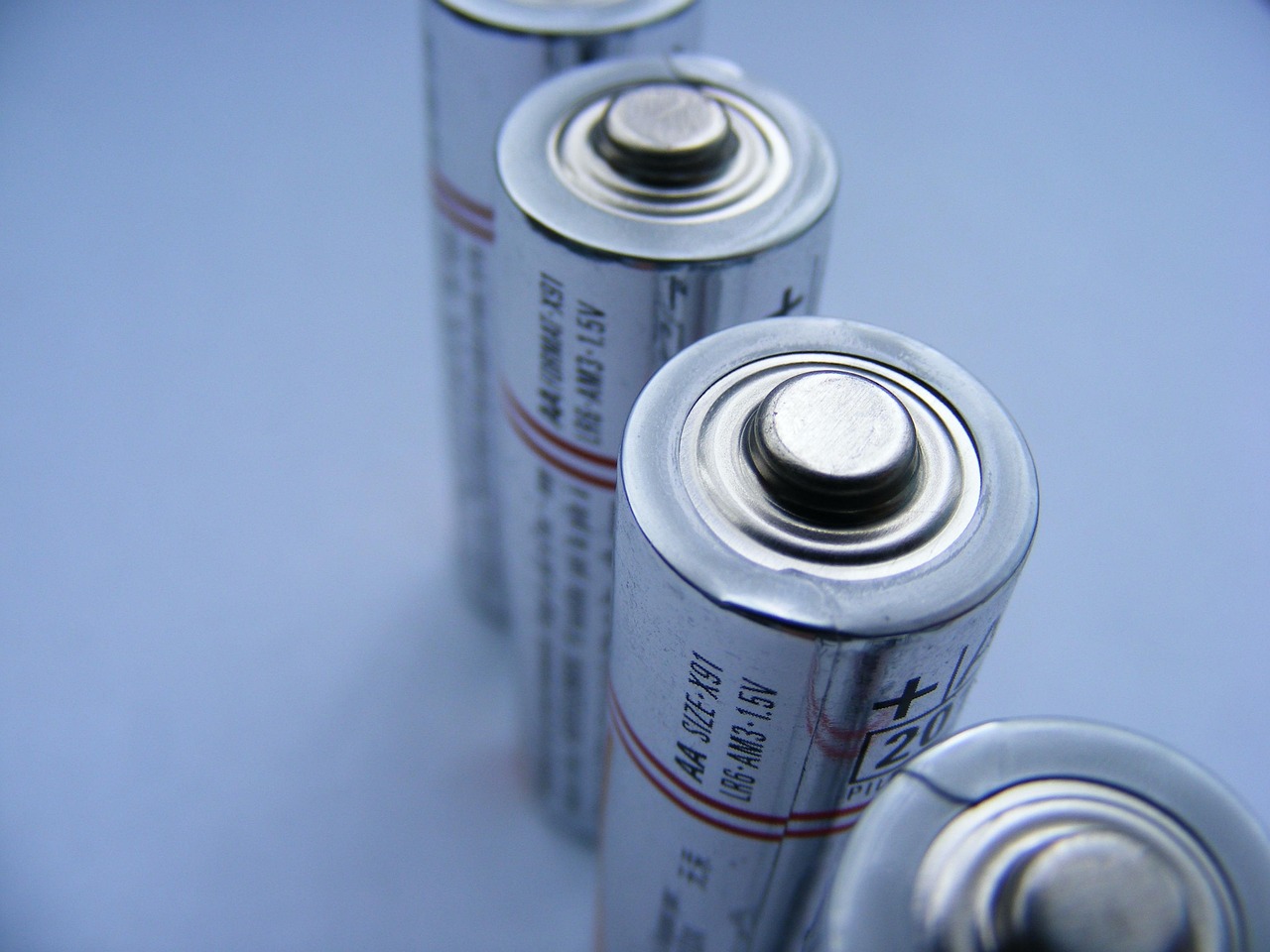In an era marked by rising energy costs, growing environmental concerns, and increasing demand for resources, the term energy efficiency has become more relevant than ever. From homes and offices to industries and transportation, the push to use energy more effectively is not only a matter of economics but also of environmental necessity.
This article explores what energy efficiency truly means, why it’s essential, how it works in practice, and what benefits it brings to individuals, businesses, and the planet at large.
What is Energy Efficiency?
At its core, energy efficiency is about using less energy to accomplish the same task or outcome. Rather than asking people or organizations to sacrifice comfort, productivity, or functionality, energy efficiency focuses on doing more—with less.
Simple Definition:
Energy efficiency is the ratio of useful output of a system to the energy input, designed to achieve that output using the least amount of energy possible without compromising performance.
This concept applies across all sectors of society—from lightbulbs to engines, from refrigerators to entire buildings and cities.
How Energy Efficiency Works
The principle behind energy efficiency is grounded in minimizing waste. Every process that uses energy inevitably loses some of that energy—usually as heat, vibration, or noise. The goal of energy efficiency is to reduce these losses.
Examples:
A traditional incandescent bulb converts only about 10% of electrical energy into visible light; the rest becomes heat. In contrast, an LED bulb can convert up to 90% into light.
An old air conditioning unit might use significantly more electricity than a modern, energy-efficient model to cool the same space.
A well-insulated home reduces the need for heating and cooling systems to work as hard, thereby lowering energy use.
Energy Efficiency vs. Energy Conservation
While often used interchangeably, these two concepts are not the same.
| Term | Definition | Example |
|---|---|---|
| Energy Efficiency | Using technology to perform the same function using less energy | Replacing old appliances with energy-efficient ones |
| Energy Conservation | Reducing energy use by changing behavior | Turning off lights when not in use |
Both strategies are important and often work best when implemented together.
Why Energy Efficiency Matters
Energy efficiency isn’t just about saving on electricity bills. Its benefits span across economic, environmental, and social dimensions.
1. Reduces Energy Bills
One of the most direct and measurable benefits of energy efficiency is a reduction in energy costs. For households, this might mean hundreds of dollars in annual savings. For businesses and industries, it could translate into millions.
2. Protects the Environment
Less energy use means fewer fossil fuels burned, which in turn reduces:
Carbon dioxide emissions
Air and water pollution
Ecosystem damage
This makes energy efficiency a key strategy in combating climate change and promoting sustainable development.
3. Improves Energy Security
By reducing the amount of energy needed, especially from imported sources, energy efficiency strengthens a country’s energy independence and resilience.
4. Enhances System Reliability
Lower demand reduces stress on electrical grids, especially during peak usage times. This minimizes the risk of blackouts and improves the reliability of energy supply systems.
5. Boosts Economic Development
Investments in energy-efficient technologies and retrofits create jobs in manufacturing, construction, and engineering. Energy savings also free up capital that can be invested elsewhere.
Key Areas of Energy Efficiency
Energy efficiency can be applied in virtually every sector. Here are some of the most common areas:
1. Buildings and Homes
Lighting: LED bulbs, motion sensors
Appliances: ENERGY STAR-rated fridges, washers, and dryers
Insulation: Roof, wall, and window insulation to reduce heat transfer
Smart Thermostats: Automatically optimize heating and cooling
2. Transportation
Fuel-efficient vehicles: Hybrids, electric cars, and improved combustion engines
Public transit: Reduces the number of individual vehicles on the road
Aerodynamics: Streamlined vehicle designs that reduce drag
3. Industry and Manufacturing
Motor systems: High-efficiency motors and variable speed drives
Heat recovery systems: Reuse waste heat for other processes
Process optimization: Streamlining operations to use less energy
4. Energy Generation
Combined heat and power (CHP) systems improve thermal efficiency
Upgrading power plants with modern turbines and controls
5. Agriculture
Efficient irrigation pumps
Controlled-environment agriculture (e.g., LED grow lights, climate control systems)
Technology and Innovation in Energy Efficiency
Advancements in technology are constantly expanding what is possible with energy efficiency. Some notable innovations include:
IoT (Internet of Things): Smart systems that monitor and control energy use in real time
Machine learning and AI: Predict energy demand and adjust systems accordingly
High-performance materials: Like aerogels for insulation or advanced window glazing
Battery storage systems: Paired with renewable energy sources for more efficient usage
These tools not only help reduce energy consumption but also improve user experience, comfort, and productivity.
Measuring Energy Efficiency
To understand and improve energy efficiency, it must be measurable. Key metrics include:
Energy Performance Indicator (EnPI): The ratio of output (goods, services) to energy input
Energy Use Intensity (EUI): kWh per square foot/year for buildings
Miles per gallon (MPG) or liters per 100 km (L/100km) in transportation
Organizations often conduct energy audits to assess their current performance and identify areas for improvement.
Barriers to Energy Efficiency
Despite the clear benefits, energy efficiency is not adopted universally. Some common obstacles include:
1. Upfront Costs
Energy-efficient systems often require higher initial investments, even if they save money in the long run.
2. Lack of Awareness
Many people and businesses are unaware of the potential savings or do not understand the technologies.
3. Split Incentives
In rental properties, landlords may not invest in efficiency because they don’t pay the utility bills; tenants don’t invest because they don’t own the building.
4. Technological Mismatch
In some cases, new systems may not be compatible with existing infrastructure.
Overcoming these challenges involves education, policy incentives, financing solutions, and technical support.
Policy and Incentives
Governments around the world are recognizing the value of energy efficiency and have created policies to promote it, such as:
Subsidies and tax credits for energy-efficient appliances or home upgrades
Building codes and efficiency standards (e.g., LEED certification)
Fuel economy standards for vehicles
Public awareness campaigns
These measures not only encourage individual action but also set industry-wide expectations for performance.
Future of Energy Efficiency
As global demand for energy grows, especially in developing countries, energy efficiency will play a critical role in sustainable growth.
Trends to watch:
Net-zero buildings: Structures that produce as much energy as they consume
Smart cities: Using data and sensors to optimize energy use citywide
Decarbonized grids: Relying on energy-efficient systems powered by renewables
Integrating energy efficiency into every aspect of planning, design, and operation will be key to a sustainable and resilient future.
Conclusion
Energy efficiency is not about doing less—it’s about doing better. By embracing efficient technologies and smarter systems, we can reduce our energy consumption while maintaining, or even improving, our quality of life.
It’s a powerful tool that benefits everyone: consumers save money, businesses improve performance, governments reduce dependence on fossil fuels, and the environment benefits from reduced emissions.
Whether you’re a homeowner installing LED bulbs, a company upgrading its manufacturing process, or a policymaker designing national energy plans, energy efficiency is a win-win strategy. It’s not just an option anymore—it’s a necessity for a sustainable future.
















